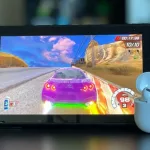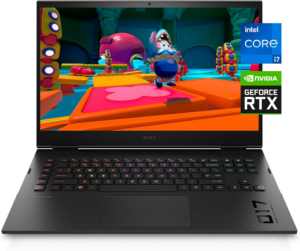If COVID-19 has taught us anything over the last few months, it’s taught us to think outside the box, to use our ingenuity to devise and implement workable action plans even while facing seemingly insurmountable odds. No one person — and no one industry — has escaped a change in habit or routine; while the health industry and business world grappled with their own problems, the educational sector was also scrambling to find ways for continued reach and engagement with students. Indeed, classroom instruction had to be quickly reimagined as social distancing measures and restrictions on group gatherings intensified. From changing standards and offering compensations to using Zoom and other online platforms, schools have endeavored to meet student needs with whatever resources they had on hand. They still are. As we look to the future, here are three unconventional tools and strategies for improving education inspired by the creativity shown during this pandemic:
Gaming and Virtual Reality
There’s little doubt that technology has played a critical role in the world’s response to COVID-19. With it, we have been able to remain connected and informed in invaluable ways. Schools, especially, have come a long way. Once, having tablets and computers was the gold standard for a school’s tech prowess. Now, being able to effectively handle online discussion — once mostly reserved for college courses — is an essential part of education systems from the elementary all the way through the high school level. What if all schools further heightened their technology capabilities and began using gaming and virtual reality to improve student learning? Games are addictive, with repetition reinforcing a habit which can be used to exploit any number of educational concepts. Furthermore, video images and, particularly, virtual reality technology, can quickly strengthen cognitive associations since recall is often improved by visual learning.
Flipped Classrooms
Of course, COVID-19 has demonstrated the value of online instruction. This trend could carry into the future by way of the “flipped classroom” model. In a flipped classroom, students watch a pre-recorded lecture away from the classroom and then use their class time for assignments and tests. Unlike strictly remote/video instruction, a flipped classroom incorporates face-to-face interaction and increases time for one-on-one instruction, allowing students to move at their own pace and more easily review missed classes. It could be a way to combine the best of pre-, peri- and post-Covid worlds.
VoIP
Voice over Internet Protocol (VoIP) has been a core tech tool of most large businesses for over a decade. Placing phone calls over the Internet removes the need for a physical location with physically-installed equipment and enables employees to work wherever and whenever they choose. It’s a convenient and often cost-effective way to communicate for most companies, as well as individuals. It’s also great for schools, which can use VoIP to communicate directly with parents from individual classrooms; from classroom to classroom; and from a school administration office to classroom without the need for an intercom or numerous direct landlines. Using VoIP also permits greater flexibility for mass communication with students, staff, parents and others and can easily accommodate video and audio conferencing for remote learning opportunities. A trusted provider (found by searching Google with your location, such as “VoIP Boston”) can recommend the exact features most likely to improve services at any type of educational institution, whether it be public, private; large or small; primary, secondary or beyond. Each type of school will have specific needs, but VoIP can immediately enhance the quality of communication between a school and the people it serves. And isn’t that the true measure of a good education?
















